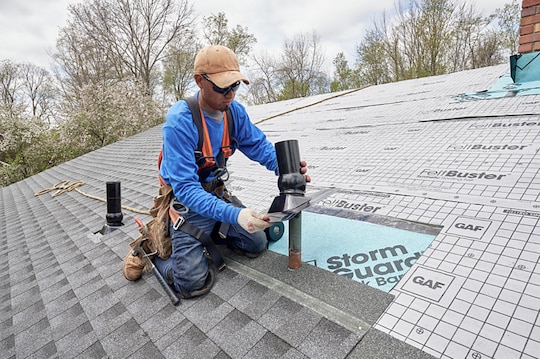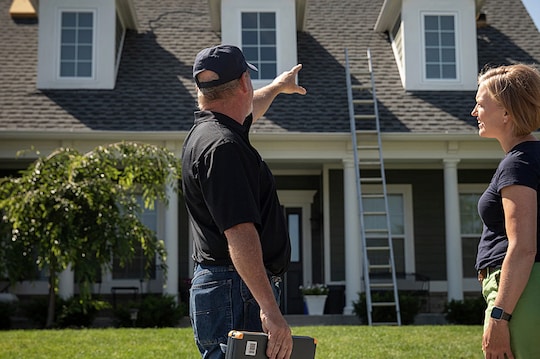
My whole career has been focused on innovation, on developing and delivering exciting new technologies and products. That's led me to also devote considerable time and energy to thinking about—and working to build—organizational cultures that foster truly transformational innovation. Along the way I've learned a few things.
First, innovation can't be forced. It can be encouraged, incentivized, and supported, but it cannot be compelled. Innovation requires that people exercise their creativity, that they challenge conventional thinking, that they take appropriate risks—and people exercise these behaviors only when they want and feel a deep need to do so.
So, for companies that want to encourage their employees to drive innovation, the question becomes, "What does it take to foster this kind of behavior?" There's a whole array of strategies, policies, practices, processes, and tools that can help companies big or small be more innovative—all of them excellent topics for other papers. But right now, I suggest the following, apparently simple, idea: If you want innovation, you need engaged, happy people.
The Employee Perspective
People who are engaged at work bring a positive energy to their job. They feel a strong connection to the company and its mission, a strong enough connection that they willingly put in the extra effort necessary to help achieve that mission. As for identifying happiness at work, this is characterized by more of the positive emotions (gratitude, kindness, good mood, pleasantness, curiosity, desire to help, etc.) and less of the negative emotions (anger, defensiveness, stress, frustration).
Not surprisingly, research indicates a correlation between engagement and happiness at work—but the overlap is not 100%. A person may be happy with their job and do their job well, but still not feel like making that extra effort that marks high engagement. On the other hand, a person who is highly engaged at work is most likely happy with their work.
In any case, the research also shows that most people are neither happy nor engaged at work. One 2019 study concluded that only 50% of US workers are happy with their jobs. As for engagement, Gallup has found it on a gradual upswing since 2010, but still only to 36% among US workers.
Building Your Culture
With all this in mind, let me come back to my main point: if you want your organization to build and sustain its capacity for innovation—if you want your people to be more creative, more committed to finding new solutions to your customer's problems, more willing to push themselves to deliver those solutions—you need to build a culture that fosters happiness and engagement.
Such a culture recognizes that all of its employees play a valuable role in the company's success, and it finds ways to connect all of its employees to the company's mission. There's a well-known story about a visit by President Kennedy to NASA; when he stopped to ask a custodian what he was doing, the man replied, "Well, Mr. President, I'm helping to put a man on the moon." That's engagement.
So, as we begin, however gradually, to come back from one of the most disruptive years in recent history, it would be very beneficial to take a hard look at how and why companies build cultures that foster happiness, engagement, and innovation.
A culture of happiness and engagement gives its people opportunities to grow. It gives them the tools and other resources they need to do their job well. Its leaders at every level treat their people with respect; they ask for their people's input for how to make the team and the company more successful, and when those ideas are forthcoming, the leaders take them seriously. They allow their people to exercise appropriate autonomy and give them appropriate room to fail.
In a culture of happiness and engagement, leaders really do care about their people. They recognize that work is only one part of a person's life and make appropriate accommodations when people must deal with family and other obligations.
As individuals, we can all take steps on our own to ensure that we are happier and more engaged at work.
- We can try to personalize the company's mission, like that custodian at NASA.
- We can treat our colleagues with kindness, and do everything we can to earn their trust, remembering that often, if not always, "what goes around comes around."
- We can look for opportunities to build new skills and knowledge, new ways to add value to our team and the organization.
As organizations and as individuals, we can create work environments in which we all thrive. We can create work environments that enable, encourage, and sustain our individual and organizational capacity for innovation. We can create environments that enable all of us to be our best selves.



